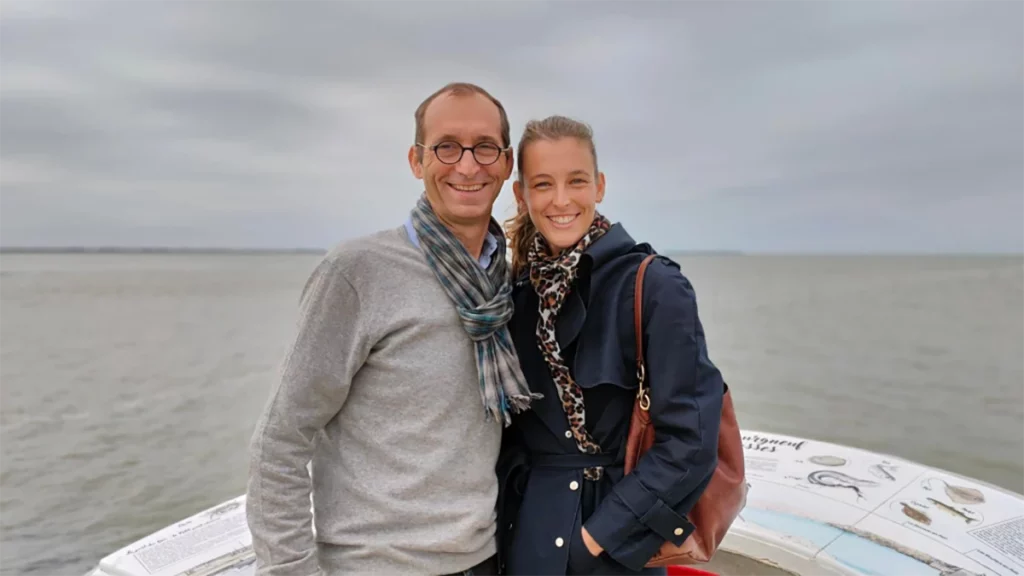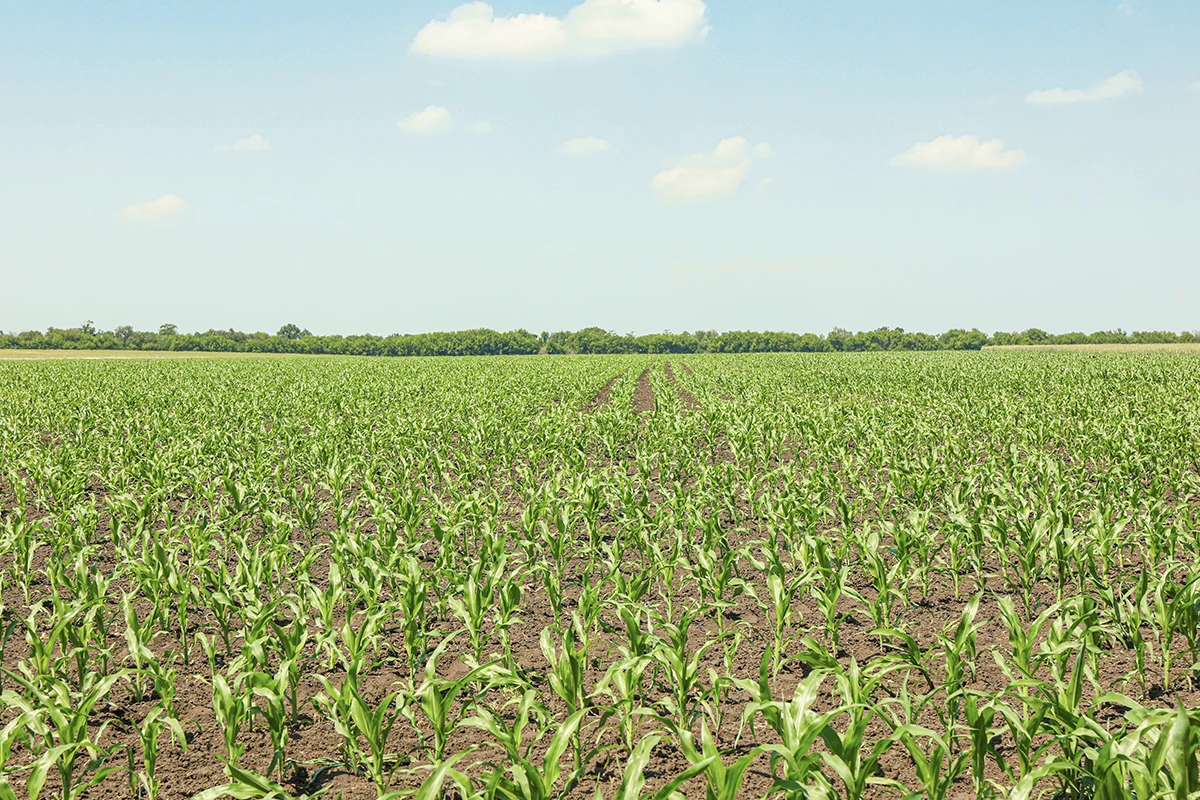Effluent treatment: a priority for modern industry
Water treatment: an asset for industrial and environmental performance
Industrial water treatment is crucial for manufacturers, offering multiple benefits that contribute to overall performance and sustainability. Mastery of water treatment guarantees the quality of process water and thus the optimum efficiency of installations. Our advanced purification technologies ensure consistent water quality, essential for preventing corrosion and deposits that can damage equipment.
Treated water keeps machines and equipment running smoothly, reducing the risk of breakdowns and malfunctions. Guaranteed water quality helps prevent corrosion and deposits. Treatment eliminates contaminants that can damage installations and shorten their service life. The preparation of process and new water improves the quality of finished products. Our industrial water treatment processes include filtration systems and oxygenation processes to eliminate pollutants and ensure that discharges comply with standards.
Our treatment processes
for industrial water
The treatment of industrial wastewater and the production of
process water generally require a combination of site-specific technologies.
- Outsourcing
- Disinfection
- Demineralization
- Sludge treatment
- Membrane filtration
- Physico-chemical
- Biological and brm (membrane bioreactor)
- Pre-treatment

Innovative processing solutions for regulatory compliance
Strict regulations govern the treatment of industrial effluents. Regulatory changes are increasingly leading production sites to treat their effluents on site, with ever higher treatment targets (micropollutants, heavy metals, etc.). The treatment solutions offered by Ovive enable these standards and obligations to be met.
Controlling effluent treatment guarantees the quality of effluent discharged into the natural environment, preserving natural environments and biodiversity. The REUT (Réseau d’Eaux Usées Traitées – Treated wastewater network) enables treated water to be reused for various industrial purposes, reducing dependence on drinking water. Diversification of water sources makes it possible to better manage the risks associated with drought and water restrictions, thus increasing the resilience and autonomy of the production site.
Advanced technologies for wastewater reuse and treatment
At Ovive, we offer effluent treatment technologies that include advanced sanitation systems, such as anaerobic and aerobic purification processes. Our treatment plants are equipped to handle industrial sludge, ensuring efficient liquid and solid waste management. We focus on the elimination of organic and inorganic pollutants, guaranteeing high-quality treated water ready for reuse in your industrial processes.
Our treatment solutions also include chemical technologies for the removal of heavy metals and specific pollutants, ensuring that your effluent meets the most stringent standards. Our effluent management systems enable precise measurement of discharge quality, ensuring ongoing compliance with environmental regulations.
Ovive meets the
challenges and
needs of your industry.
We meet the operational needs
of your business
Ovive offers a comprehensive solution to help you manage your effluents and preserve your water resources.We’re with you every step of the way, from design to day-to-day operation.
Case studies
Optimizing resources and reducing industrial pollution
Reusing treated wastewater not only helps to preserve water resources, but also reduces waste and industrial pollution. Our purification and filtration processes ensure that treated water is free of pollutants, ensuring safe and efficient use in your industrial facilities. By reusing treated water, industries can reduce their environmental footprint and improve their operational performance.
The efficient management of water resources and the implementation of advanced treatment systems enable industries to minimize their impact on the environment while optimizing their production processes. At Ovive, we are committed to providing tailor-made solutions that meet the specific needs of each industry, ensuring sustainable performance and regulatory compliance.
Complete solutions for all your water treatment needs
Ovive offers a complete range of water treatment solutions, tailored to the needs of different industries. Our industrial wastewater treatment technologies are designed to maximize plant efficiency while minimizing operating costs. We offer tailor-made water treatment systems, including filtration, oxygenation and sludge treatment processes, guaranteeing optimum water quality for all your industrial applications.
Our teams of experts work closely with you to develop effluent treatment solutions that meet your specific requirements. Whether you need to treat pollutant-laden effluent, manage industrial waste or guarantee process water quality, Ovive has the right solution for you. We’re with you every step of the way, from initial assessment to installation and performance monitoring.
Environmental commitment and industrial performance
As a leader in industrial water treatment, Ovive is committed to promoting sustainable, environmentally-friendly practices. Our water treatment solutions not only meet regulatory requirements, but also help preserve natural resources and reduce pollution. When you choose Ovive, you’re opting for innovative technologies and effluent management solutions that promote sustainable, responsible industrial performance.
We are committed to providing water treatment solutions that not only meet your company’s current needs, but also anticipate future challenges. Our integrated approach and technical expertise ensure optimal results, while helping to protect the environment and preserve water resources. At Ovive, we firmly believe that sustainable management of water resources is essential to the future of industry and our planet. That’s why we’re committed to developing cutting-edge technologies and customized solutions for every customer, guaranteeing optimum performance and long-term sustainability.
Innovative technologies and customized solutions
Our effluent treatment systems are designed to meet the specific needs of every industrial sector, whether chemical, food, metallurgical or any other field requiring rigorous wastewater management. By investing in state-of-the-art technologies and taking a proactive approach to water resource management, you can not only comply with current regulations, but also optimize your production processes and reduce your operating costs.
With Ovive at your side, you benefit from complete, integrated solutions, from the design and implementation of treatment systems to their ongoing maintenance and optimization. Our experts are dedicated to providing you with top-quality service that meets your expectations and guarantees the longevity of your installations. By working with us, you are choosing a reliable and innovative partner, capable of transforming your challenges into opportunities and accompanying you towards a more sustainable, high-performance future.
To support your industrial activities, our wastewater treatment plants are equipped with the latest technologies in purification and effluent management. Our research and development activities enable us to constantly improve our treatments, guaranteeing state-of-the-art solutions for all your activities. The finished products from our treatment plants are of exceptional quality, meeting the most stringent standards and ensuring optimum performance of your facilities.
Our industrial wastewater treatment plants are designed to adapt to the changing needs of your industry, providing effective and sustainable treatment for all your activities. The chemicals used in our treatment processes are selected for their effectiveness and environmental friendliness, ensuring regulatory-compliant discharges and a minimal ecological footprint.
When you choose Ovive, you benefit from tailor-made support and ongoing monitoring, guaranteeing appropriate treatment and optimized management of your water resources. Our wastewater treatment plants are a key solution for the performance of your industrial activities, offering innovative treatments and efficient water reuse, essential for the sustainability of your industrial processes.

ovive,
a family history
The history of Ovive is an industrial and human adventure, made up of entrepreneurial passion and innovation, which enable us to meet the challenges of preserving our resources with ambition and dynamism.
Discover the innovations and major events that have forged Ovive’s identity.













